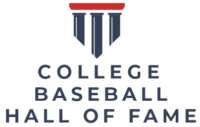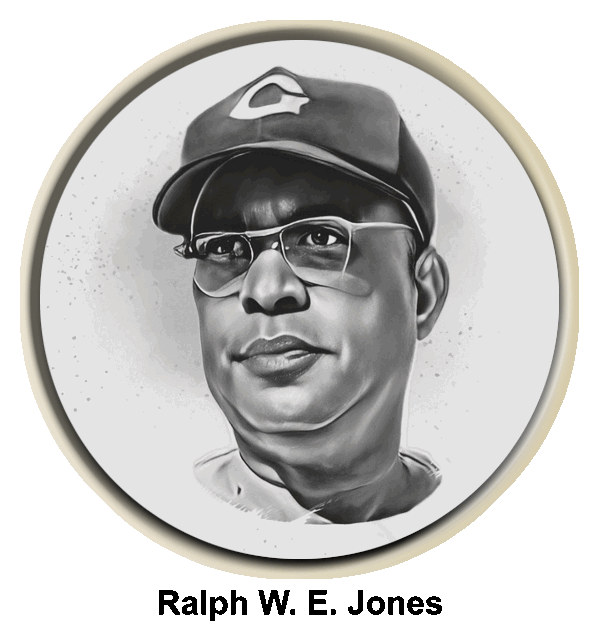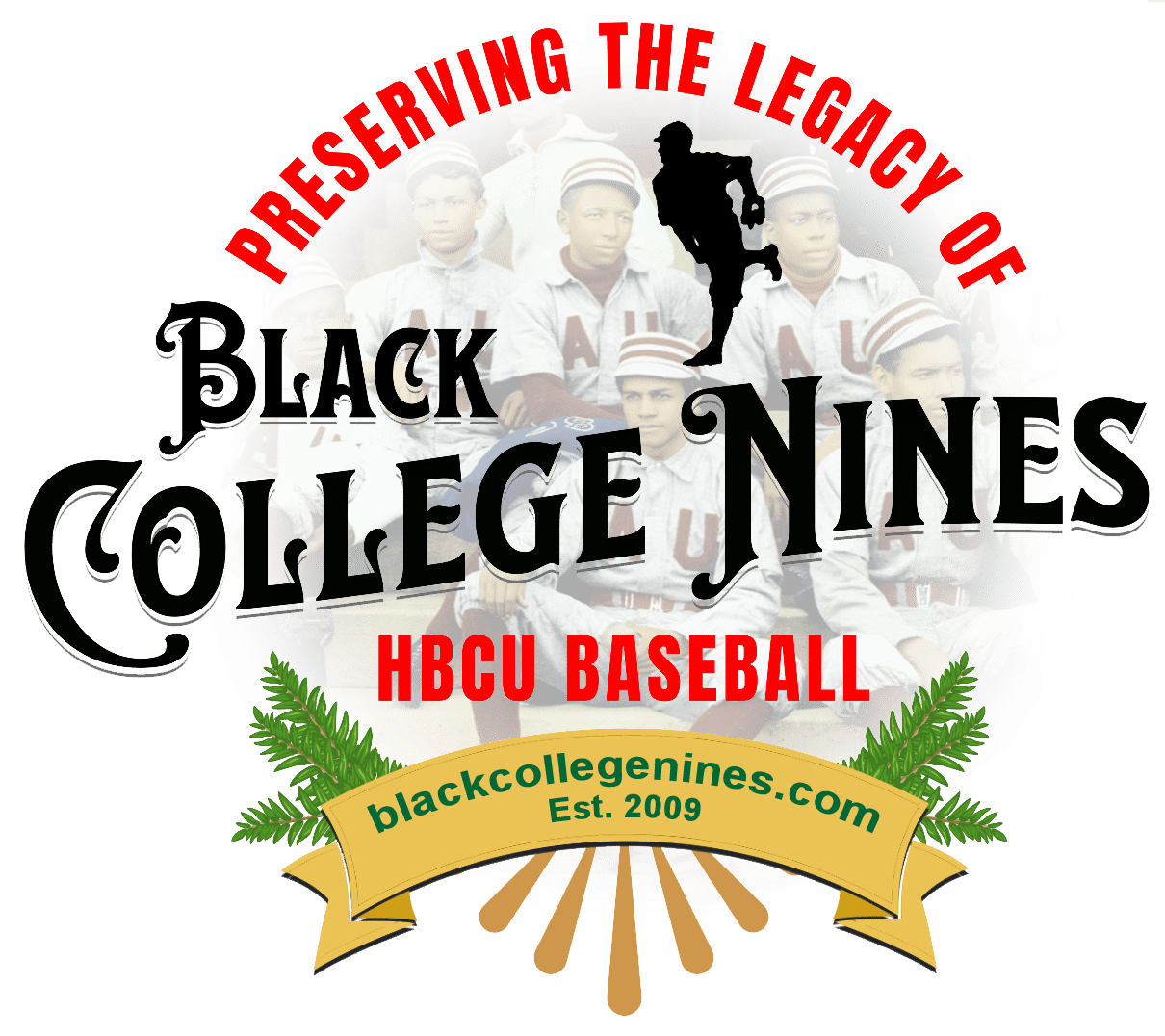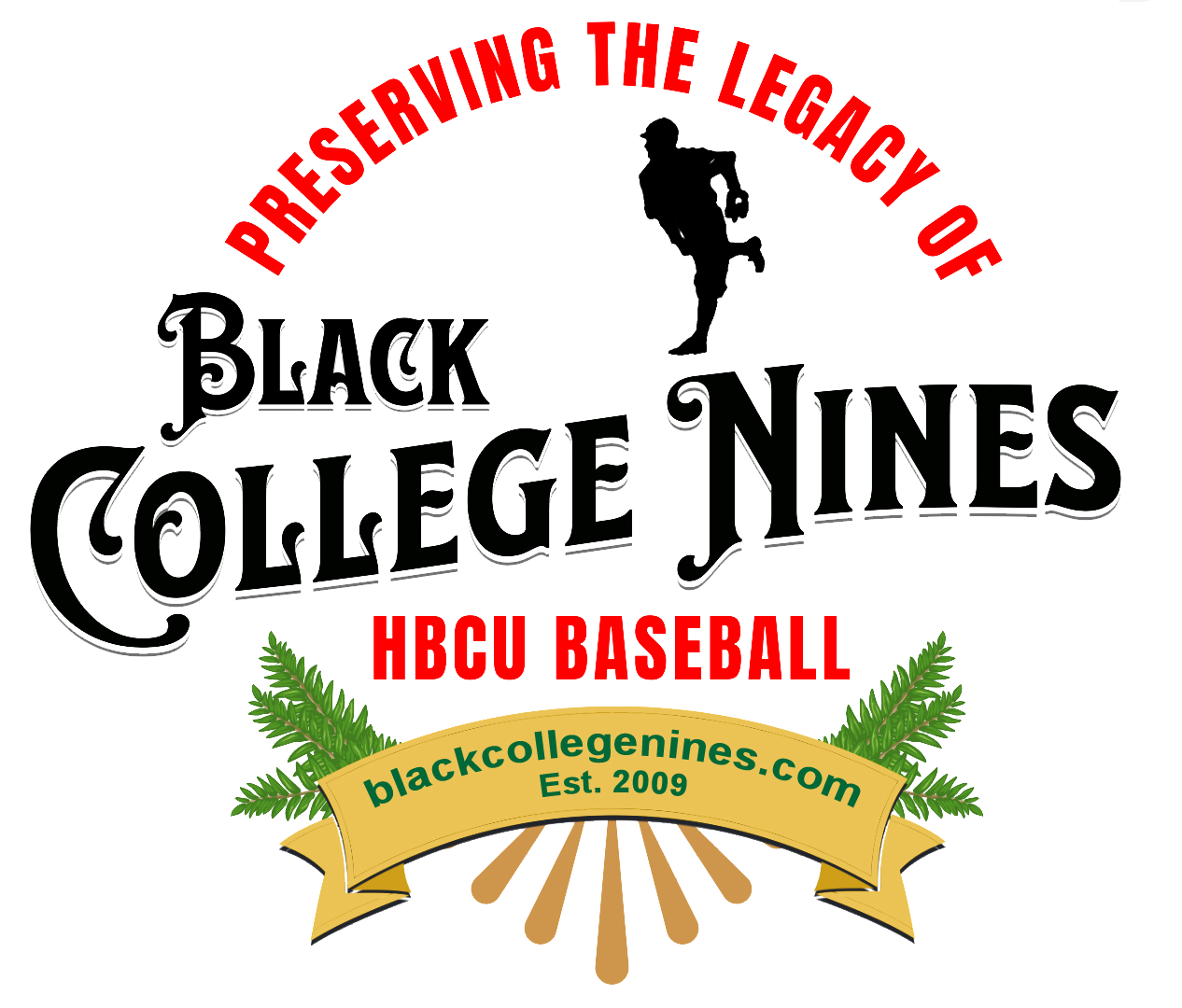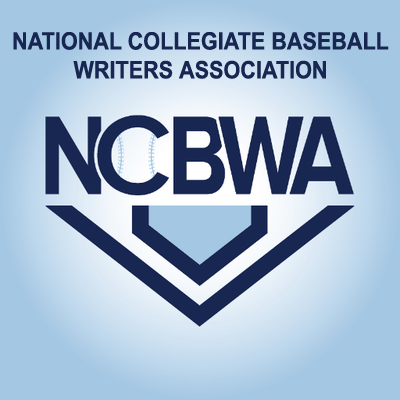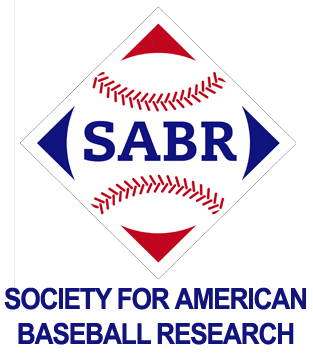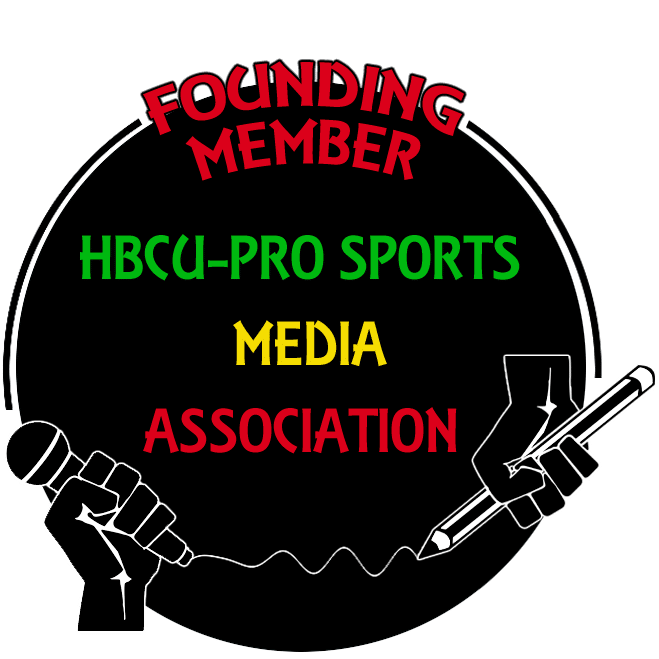Within the level of competition at Historically Black Colleges and Universities (HBCUs), there are many good National Association of Intercollegiate Athletics (NAIA) baseball programs that could match up well with programs typically facing a higher level of competition. How do NAIA schools compare to HBCUs of the NCAA Division I, Division II or Division III? Don’t let the small size fool you.
In general, HBCU NAIA baseball programs are smaller than Division I schools, and they are much more constrained in their financial ability, but these limitations still ensure that prime college-bound talent can be found at NAIAs.
HBCU baseball programs at the NAIA level aren’t on the same level as DI schools’ baseball programs and never will be, but it’s still very competitive. You will find teams and players who fight and compete just as hard. The wins are just as exciting and the losses are just as tough as in any other level of college baseball.
As far as competitiveness, there are some NAIA baseball clubs that can compete with DI’s and some that would lose to a junior college (JUCO) team.
Similarities exist among all programs… a majority of schedules involve conference games on the weekend, with non-conference games relegated to Tuesday, Wednesday or Thursdays. Teams throw their best pitchers over the weekend, so non-conference games are a test of depth.
The deeper the pitching staff, the stronger the team. Most all programs have up-and-coming freshmen and sophomore starters pitch mid-week games. Some even send their position players to the mound.
In non-conference games, when NAIAs are playing outside of their conference, they schedule better competition. Typically there is a lot of interplay between the Southwestern Athletic Conference (SWAC) and the Red River Athletic Conference (RRAC). Both are very competitive with each other.
Last season, Jarvis Christian College split a four-game series with SWAC conference champion, Texas Southern University, and also defeated Grambling University. This season, NAIA level baseball teams have combined to win 23 ball games against all three NCAA divisions, so here is, at least, some justification to claim that some very good HBCU NAIA programs will beat some HBCU DI programs.
Coming from an NAIA program, I faced DI and DII pitchers who threw in the high 80’s and low 90’s, but there was not much difference, from what I could see, in terms of accuracy. You will sometimes find D1 talent at NAIA schools, mainly because they couldn’t get into a DI school.
HBCU NAIA baseball is made up of 13 schools from four conferences and one independent. They are not as uniform as HBCU Division I. Many schools start the season late January along with some Division II and Division III, while DI programs won’t get their season underway until a common, mid-February date.
Once your interest in HBCU baseball goes beyond the Southwestern Athletic Conference (SWAC) and the Mid-Eastern Athletic Conference (MEAC), there’s seemingly no end to the complexity.
First, there are 19 HBCU Division I teams, most of which have at least a player or two who major league scouts are tracking.
Major league teams display little interest in NAIA level HBCU baseball players. In last year’s MLB Draft, clubs took 11 HBCU Division I athletes, while none from DII or DIII. Last year forty-one NAIA level players were drafted by Major League Baseball clubs, but none were from HBCUs. There is a huge amount of talent at the NAIA level HBCUs that gets ignored. Two players who MLB scouts were tracking were not drafted.
Jesse Baker was considered by many scouts as the best college baseball catcher in the country last year. Baker, a Edward Waters College baseball All-American, put up massive offensive numbers by finishing in seven of ten top statistical categories… in slugging percentage (.810), batting average (.431), doubles (13), total hits (75), runs batted in (75), home runs (17) and total bases (145). The Washington Nationals, Toronto Blue Jays, Philadelphia Phillies, San Francisco Giants and St. Louis Cardinals organizations considered Baker “a can’t miss prospect”. Yet, Baker went undrafted.
In 2014, scouts were drooling over Selma University OF/LHP Mitchell Webb from Haywood, California. Offensively, scouts compared Webb to a young Ken Griffey Jr. Webb led the nation in the National Christian College Athletic Association (NCCAA) batting average (.463). On the mound, Webb had an overwhelming mid-90s fastball. According to Selma head baseball coach Adrian Holloway, the San Francisco Giants had strong interest. At 6′-4″, Webb was never drafted, not even a free agent offer.
The last HBCU NAIA player drafted was Edward Waters College’s Charles Thomas, who was taken by the Chicago Cubs in the 10th round of the 2009 major league baseball draft.
I’m looking forward to the day when, on a consistent basis, Major League Baseball sends its scouts to the small HBCU schools like Houston-Tillotson, Jarvis Christian, Texas College, Wiley College, Morris College, Selma University, Concordia College of Alabama, Florida Memorial, Edward Waters, Talladega College, Tougaloo College, Voorhees College and Harris-Stowe State.
The play on the field should provide some general guidance when evaluating standout players from the NAIA baseball programs. It will be really interesting to see if the MLB has its sights set on Jarvis Christian Javion Randle, one of HBCU top hitter. All he has done on the field is get voted First Team All-Conference four straight years and Black College Nines preseason All-American. Another is Talladega College’s Jean Marmol a four-year starter whose offensive numbers each year has been astonishing.

